



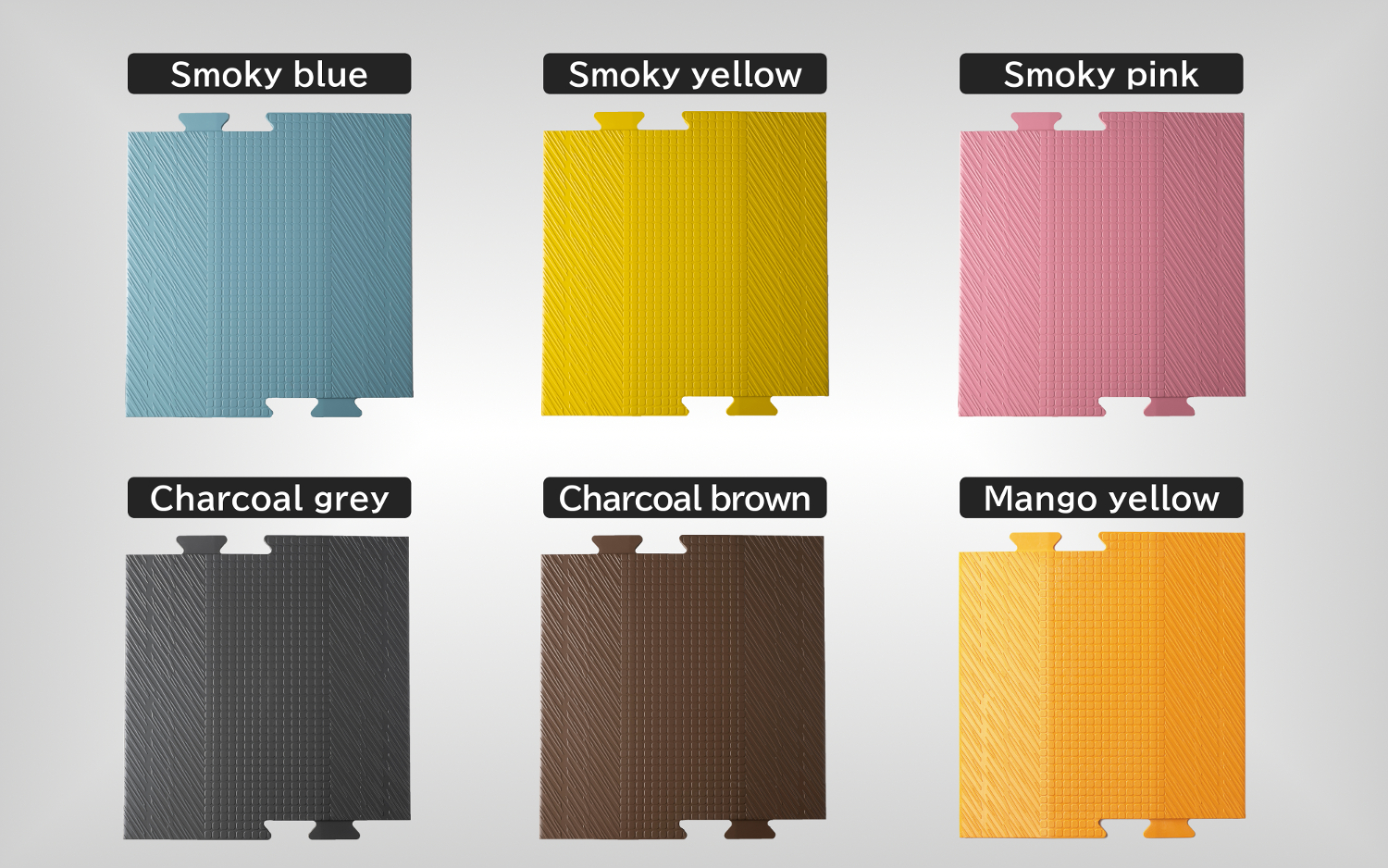
Hodokun is an innovative indoor guideway for everyone, from visually impaired people to
wheelchair users to older people to small children.
Existing tac tile paving can become obstacles to some people. That’ s why we are offering a
new solution that allows people with vision impairment to navigate freely on their own
while keeping the path friendly to everyone.
"Hodokun Guideway" is a walking guidance mat that safely guides visually impaired people to their destinations by using the difference in sound and texture when the visually impaired hits the floor with a white cane, as well as the difference in feel transmitted from the soles of their feet. The color can be selected to suit the interior of the building and/or to contrast with the floor color. Installation is easy, just stick it with double-sided tape. The "Hodokun Guideway" is a product that can be easily installed in any facility.

These are the main parts of the Hodokun Guide way. The middle type is connected together according to the distance of the route to be installed.
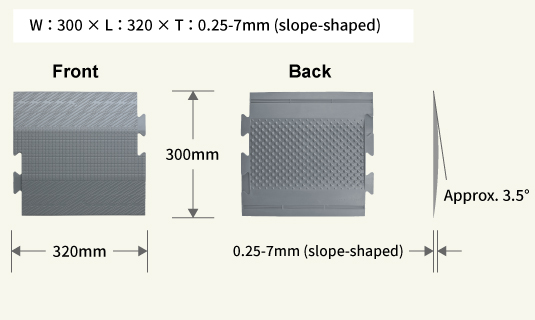
This part is used at the break of guidance. The edge type is installed at the start and end of the guidance.
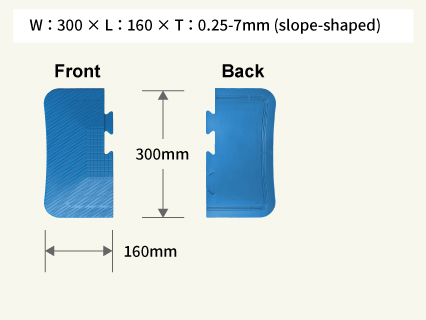
It has the same shape as the middle type, but the back side is processed so that it can be cut to the required length. Can be used to adjust the length of the guideway
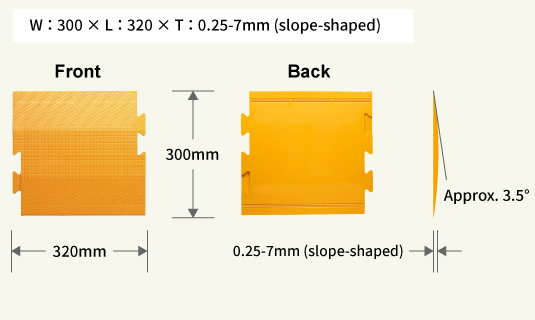

"Hodokun Guideway" was invented by a visually impaired person. He lost his eyesight due to an illness and was devastated by the pain of not having a guideway in the hospital. "Tactile tile are a lifeline for the visually impaired, but on the other hand, they can be a barrier for people with other disabilities, wheelchairs, stretchers and strollers. With the cooperation of schools for the blind and associations for the people with disabilities, and incorporating the opinions of people with various disabilities, ""Hodokun Guideway"" was developed as a special indoor guidance mat that can be used by anyone with peace of mind.

Hodokun was installed as a branch line from the existing tactile pavement to different destinations, so it expanded the area where I can move around on my own. (Visually impaired user)
The surface of Hodokun is slope-shaped so you don't have to worry about stumbling when passing, so it is very smooth and easy to pass over. (Wheelchair user)
Hodokun is smooth and easy to navigate for stroller users. It is also easy to walk on in high heels. (Stroller user)
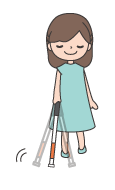
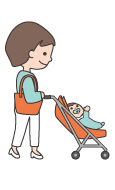
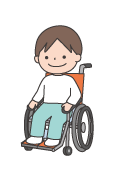

Users are very happy that we responded to their needs. As no flooring construction was required, it was easy to install and great.

Indicate the direction from the reception to a destination
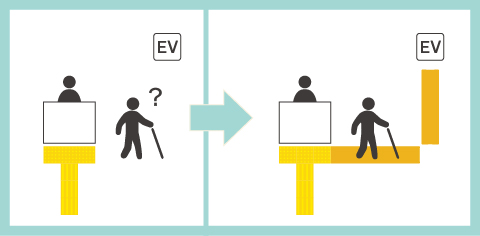
Use as branch line to mark different destinations clearly
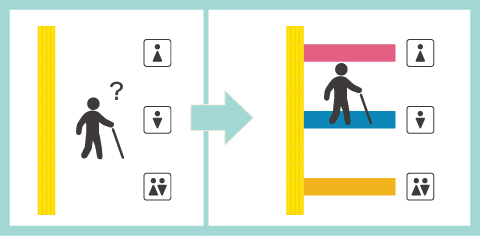
Kinjo Rubber Co., Ltd. was founded in 1936 as a Japanese rubber materials trading company. Along with the changing times, we have expanded into the manufacturing and soil improvement business, and have developed two core pillars of business: the manufacture and sale of rubber products, and the specialist in land-bearing ground improvement. Later, as part of our CSR, we started manufacturing “Hodokun Guideway”, a welfare project that produces safe and secure spaces for everyone.
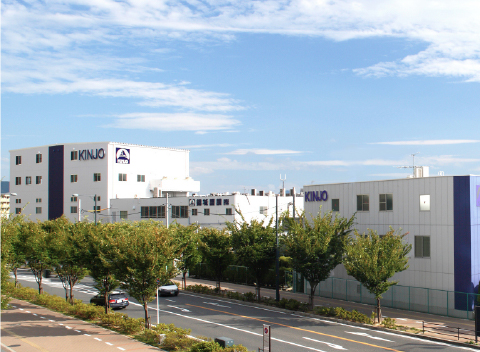
"Hodokun" is originally a Japanese word. The word "Hodo" is a coined word that combines the word "walk" and "guide", and "kun" is a friendly way of calling. The developer's wish is to make the device a familiar presence that helps users walk.

